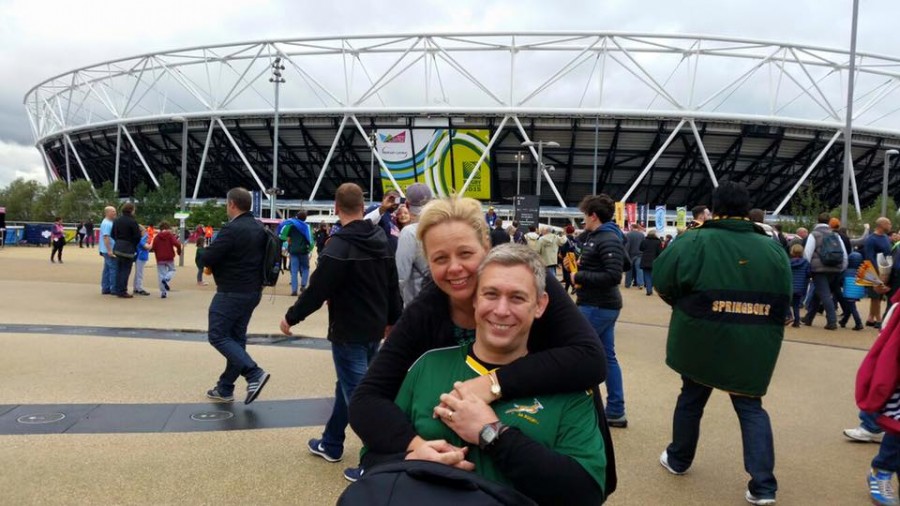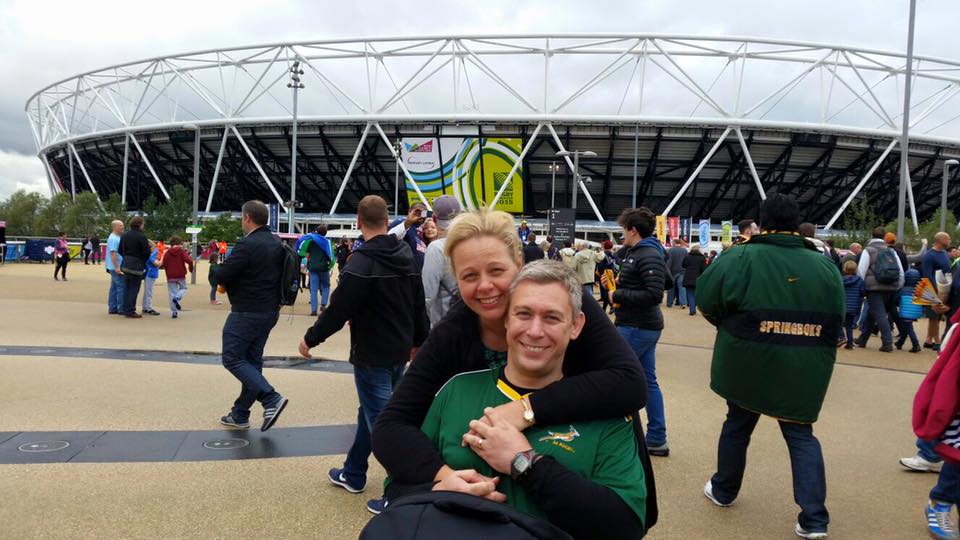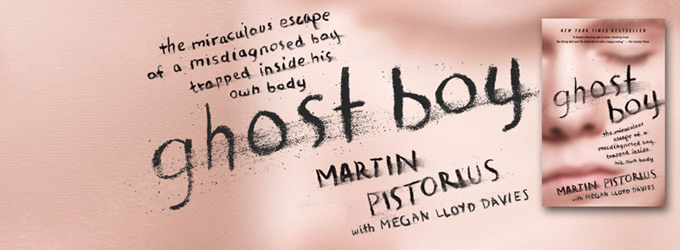
The “Miraculous Escape” of a South African Trapped in His Own Body for 12 Years
In 1987, when Martin Pistorius was a 12-year-old in Johannesburg, something happened. His whole body shut down. For the next 12 years, he stayed that way, trapped inside himself. Until the shut-down, his mother Joan told an American radio interviewer earlier this year, Martin was a bright child who from the age of three had said […]

In 1987, when Martin Pistorius was a 12-year-old in Johannesburg, something happened. His whole body shut down. For the next 12 years, he stayed that way, trapped inside himself.
Until the shut-down, his mother Joan told an American radio interviewer earlier this year, Martin was a bright child who from the age of three had said he wanted to be an “electric man”. She said he made a flashing star for the Christmas tree and even before he was 11 was repairing electric outlets in the house.
One day he came home, though, and said he was feeling sick, and thought he was getting flu. He began to sleep “like a baby, all day”. He got nose bleeds and stopped eating. His parents had him tested for TB, Parkinson’s disease, measles, deficiency in copper, “everything”, but all the tests came back negative.
He got worse, everything closed down, his ability to move, make eye contact, and his ability to speak. His last words, his mother said, were: “When home?”
When the diagnosis finally came in it was for Cryptococcal meningitis, a fungal brain infection. His mother told the interviewer her son “was beyond hope, as good as not there, a vegetable, zero intelligence”. His family was told to try and keep him as comfortable as possible until he died.
“I wanted some sort of relief”, his mother recalled. “In my mind I’d decided he’d died”.
But he did not die.
Every morning his father would dress him, take him to a special care centre and then, eight hours later, pick him up. At night he would wake every few hours to turn his son over so he didn’t get bed sores. His mother said it was “horrific” and one day she said to her unmoving, unresponsive son that she wished he would die.

“I wanted some sort of relief,” his mother recalled. “In my mind I’d decided he’d died”.
Little did anyone know that about four years after he fell into the vegetative state, Martin suddenly came to, at least in so far as he could see and he could hear everything being said to him. Everyone was so used to him not being there that when he came back they didn’t realise it.
He lay there trapped in his body, knowing that he was going to spend the rest of his life like that, “totally alone”. He figured out ways of trying to detach himself from those terrible thoughts. He got really good at it. He didn’t think about anything, just let things float by, just existed. It wasn’t a peaceful place, it was dark, because he was letting himself vanish.
The TV in his room was left on, and the cartoon ‘Barney’ played over and over, until he hated it. But he couldn’t do anything to stop it. He heard Whitney Houston singing “The Greatest Love of All”, and when he heard the words “They can’t take away my dignity”, he thought, “You want to bet”.
Some of the nurses treated him badly, poured scalding water down his throat, and one even allegedly abused him. But one nurse, Verna, was different. She noticed something happening, that he was changing.
By his 20s, neurological shifts had taken place and his abilities started changing, even though it was slowly. He could squeeze your hand, and then he could move himself upright. The doctors, however, told his parents that he had the intelligence of a baby.
Verna convinced his parents to get him assessed at another center. “He passed’, his mother recalled. She gave up her job to come home and help him recuperate. Words came back to him, he started moving his eyes and his head, almost nodding. Today he talks through a computer.
“When he gets the tools to communicate he forges ahead,” his mother says.
Within two years he got a job filing papers at a local government office. But one day when Verna said she was having computer problems, he said he could fix it. He started a Web design company, went to university and wrote a book about his 14-year experience – first published in 2012 and republished earlier this year – called ‘Ghost Boy’. It is subtitled ‘The Miraculous Escape of a Misdiagnosed Boy Trapped Inside His Own Body for 12 Years’.
In 2009, at the age of 33, he married a friend of his sister’s, Joanna. In his dedication of the book, Martin writes: “For my wife, Joanna, who listens to the whispers of my soul and loves me for who I am.”

Two weeks ago, Pistorius was a speaker in Indiana University in Bloomington, Indiana, which brought him together with an old acquaintance from South Africa, Erna Alant.
Now the Otting Chair in Special Education at the IU School of Education, Alant met Martin in 1998 when she was director of the Centre for Augmentative and Alternative Communication at the University of Pretoria. He had gone to the centre to consult with its professional team about ways to expand his ability to communicate.
Martin’s life is now so different to those 12 years when he was trapped, with no apparent future. This week he and Joanna, who now live in England, were at the Olympic Stadium in London to witness the Springboks’ win against the USA. Martin said on Facebook: “What a privilege to be able to experience and enjoy a Rugby World Cup match…”
